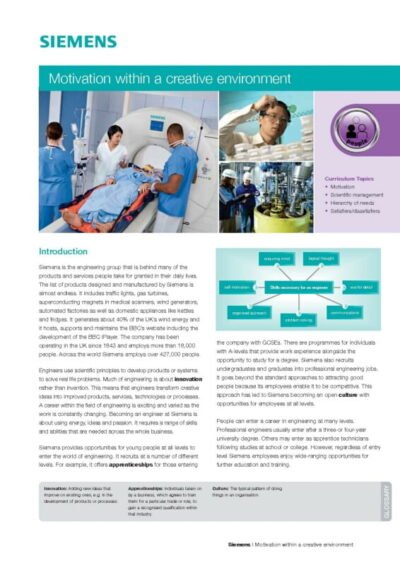While purchasing local goods is easier and preferable for most applications, many industries choose to play by a different set of guidelines. For instance, certain specialized plant and machinery parts may not be available locally or may be cheaper to produce and import. The success of the transaction is highly dependent on certain factors, including the supplier selection, the quality control, the term negotiation, and effective communication between all parties. This article will provide information on the top three tips for importing industrial machinery supplies.
-
Choosing The Supplier
Naturally, you will start a search using online directories or contacts from business trade shoes. Remember, however, that these suppliers pay for the listings and stands; therefore, the backgrounds may not be thoroughly screened. Before using a supplier from these lists, it is important that you run a background check looking at different factors including the following:
- where is the factory if they claim to manufacture the machinery parts?
- is it possible to obtain a capacity audit from the supplier?
- are there verifiable references available, preferably in your location?
- do the products fulfil similar regulatory requirements as your location?
It is recommended that you avoid larger suppliers if you are ordering smaller quantities – they are more likely to ask for a high price and not care for the shipment. Choosing smaller manufacturers has the benefit of close quality monitoring and better customer support. If, however, you have a large order, it may be better to use a large manufacturer as they can deliver more cheaply and quickly. Always ensure that the contract signed prohibits subcontracting as some suppliers display nice advertisements but subcontract the work to different workshops. Check out this Industrial auctioneer guide for help and to shed some light on the matter.
-
Defining The Quality Control And Product
Industrial machinery products are very specific and providing vague descriptions in an order can result in you receiving products that cannot be used. When stating the requirements, define exact specifications regarding dimensions, materials, quality, and safety regulations. Do not utilize ambiguous statements such as “the same quality as products supplied to other Australians”. In addition to specifications, include tolerance ranges and ensuring that the contract defines the penalties in the case of non-compliance.
You can hire a third-party inspection agency to verify quality on your behalf if you cannot travel to the manufacturer’s factory. The quality control process is dependent on the product and final random sampling may be sufficient for some individuals, but in-production control may be required for others. This is particularly true in larger purchase orders where you will order and pay for pre-production samples, then pay for the rest of the purchase once it has been received and assessed. Be sure to check the quality of the material, the mode of packaging and transportation, the duration of transportation, and the safety standards.
-
Negotiating Payment Terms And Penalties
Bank transfers are common methods utilized for importation and exportation payments. When conducting payment, it is recommended that you identify the percentage of the deposit to be paid and when the balance of the order needs to be paid. Remember that custom requests may need to be separate charges and never pay for the product in full before it is delivered as you will not have any leverage if the product fails to meet specifications.
Talking to the bank about receiving an irrevocable letter of credit as a payment method when dealing with a new supplier is recommended. It can be more costly as a payment method than the typical bank transfer, but it reduces the payment risk.
 Motivation within a creative environment (PDF)
Motivation within a creative environment (PDF) 